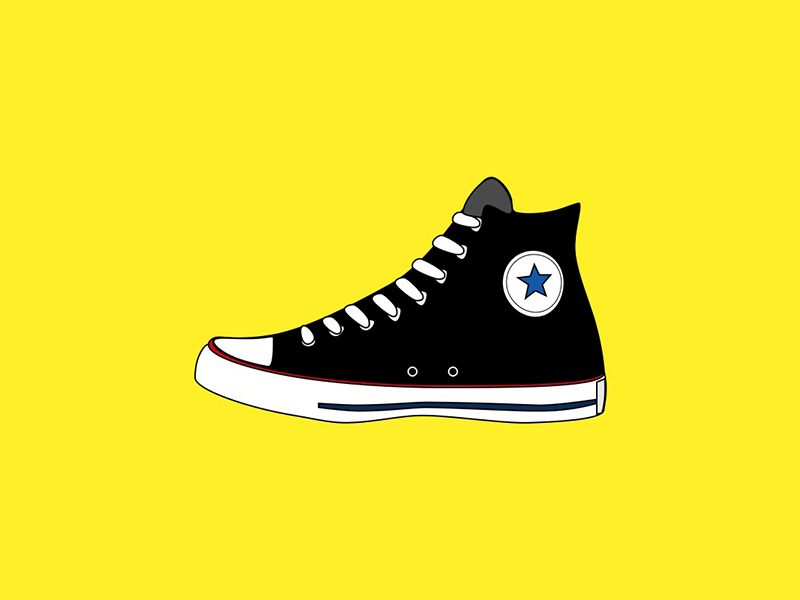Founded in 1853. Made in our hometown of Chicago. A fourth-generation family business.
Would claims like these make you more likely to buy a product? If so, you’re not alone. These are all examples of heritage branding, a marketing strategy that emphasizes a company’s long history and enduring values.
It’s a common tactic — and for good reason. Research has shown that heritage branding can, among other benefits, lead consumers to believe products are of high quality because they are time-tested.
But research co-authored by University of Georgia marketing professor Rosanna K. Smith and Yale University School of Management professors Minju Han, George E. Newman and Ravi Dhar shows that this popular approach has perils, too. Their paper published in the Journal of Consumer Research found that heritage branding can turn consumers against enhanced versions of flagship products.
“The brand’s value comes from its products having stood the test of time, but as time progresses we develop better technology for products, such as shoes or cars. Or societal values shift, leading us to question classic products, such as Barbies,” Smith said. “Technology and societal values move forward, but heritage brands that update their flagship products risk consumer backlash.”
The market failure of New Coke or Chuck Taylor’s ill-fated Chuck II sneakers are notable examples. Smith and her co-authors dubbed this “the curse of the original,” and their research identified ways for companies to sidestep this challenge.
To understand how brand heritage affects consumer perceptions of new offerings, the researchers designed an experiment inviting more than 400 participants to sample a hand cream.
Half of the participants learned the lotion came from a heritage brand dating back to 1917, while the rest were told it had been founded more recently, in 2017. Within each of these two groups, participants were told they were sampling one of two products: the brand’s original formula, or an upgrade to that original formula. Then, participants rated how much they liked each cream.
Despite the elaborate backstories, all the participants were, in actuality, trying the same product. Nonetheless, they evaluated it very differently.
Among participants in the control group — those who learned the brand was founded in 2017 — there was no significant difference in assessments of the original versus enhanced product. But for participants in the heritage brand group, the enhanced product was reviewed significantly less favorably than the original formulation.
What’s driving this effect? The research found that forms of heritage branding emphasizing long history and consistency can lead consumers to value continuity authenticity — a sense that the brand has remained true to its origins. New offerings disrupt perceptions of this kind of authenticity, undercutting the benefits of heritage branding.
In another experiment, the researchers identified a way to avoid the trap. A new group of 602 online participants read about a (fictional) heritage tomato sauce brand, Fratellino’s, that was releasing a new recipe. Some were told the brand was releasing a sauce that represented a bold departure from its old standby, while others read that the new sauce marked a return to Fratellino’s origins. A third control group was simply told that about a new sauce without offering any specifics. Participants rated their perceptions of either the original Fratellino’s sauce or the updated version they had read about.
In line with the previous study, participants in the control group rated the new sauce less favorably than the original offering. The disparity was even more stark when participants were told the new product was a “bold departure.” But for participants who were told that the new sauce represented a return to Fratellino’s origins, the ratings disparity nearly disappeared. In other words, it helped to frame a new offering as part of a continuous tradition.
So how can marketers harness the benefits of heritage branding while avoiding potential backlash? The researchers offer several recommendations.
First, rather than establishing heritage through a sense of historic continuity, brands could emphasize other aspects of heritage such as family ownership that are more values-focused. This lessens consumer expectations that product offerings shouldn’t change.
“Cues that were associated with integrity and core values did not result in ‘the curse,’” Smith said. “However, cues that were more connected to tangible aspects of brand or product – like a particular product design – tended to box the company in.
“If you advertise that a product’s design has been around for 100 years, changing the design risks violating the authenticity of the product. But if you say, ‘We’ve always stood for the value of creativity or craftsmanship,’ now you can change your product. What’s being held constant are your core values, which are more abstract. Innovations can be reframed as a continuation of those original values.”
In this way, a brand can highlight its continuity — making updated products feel like new chapters in an old story.

